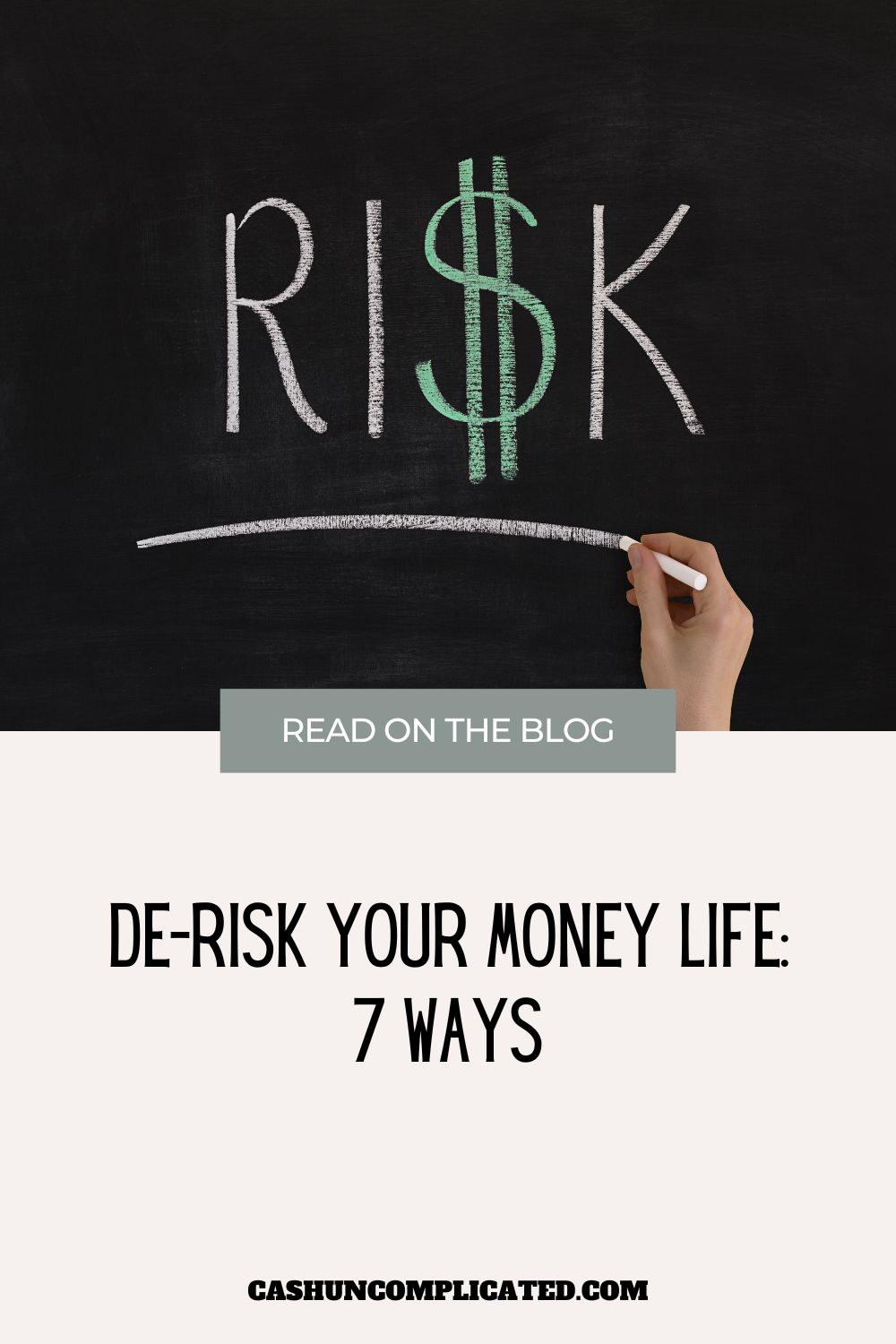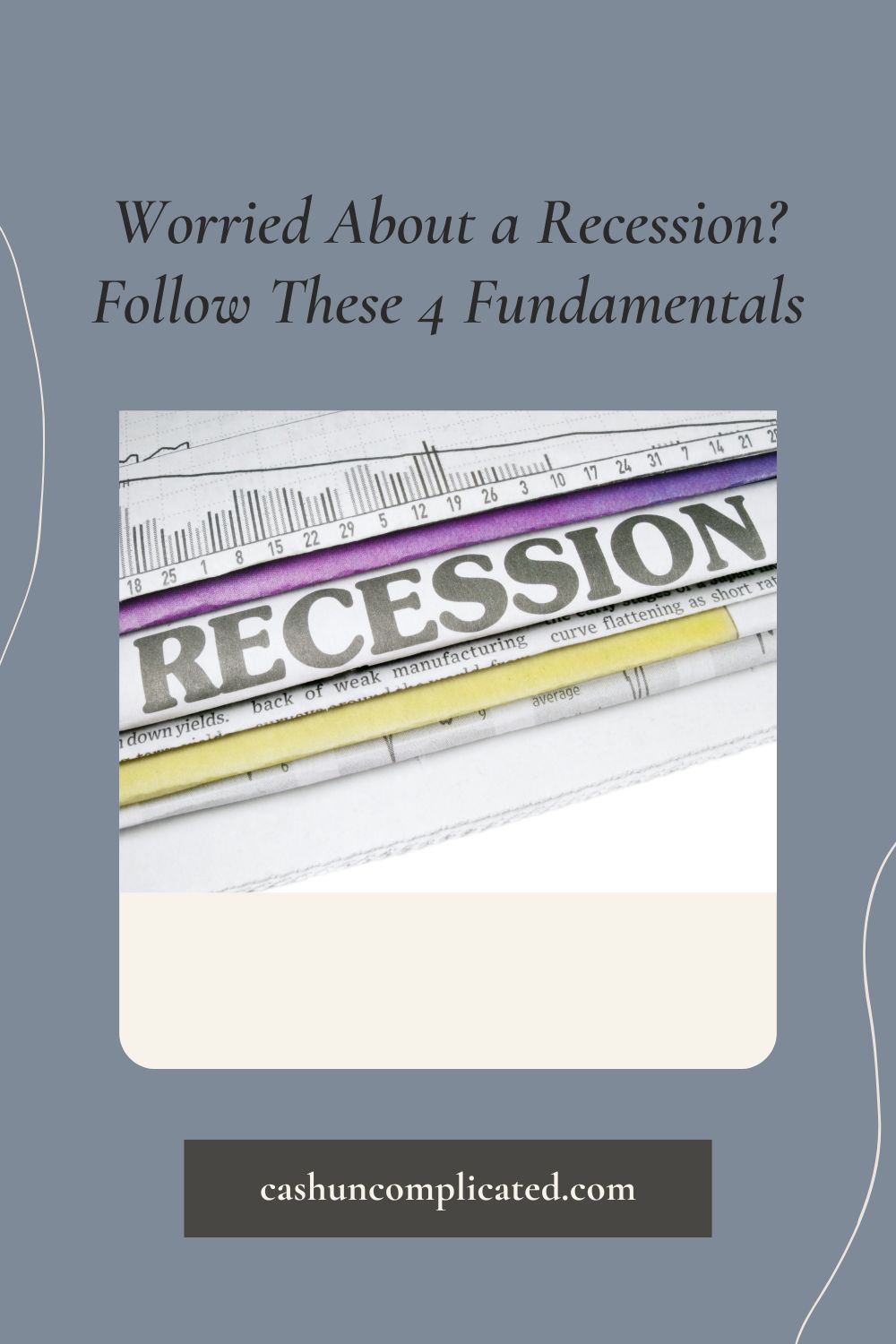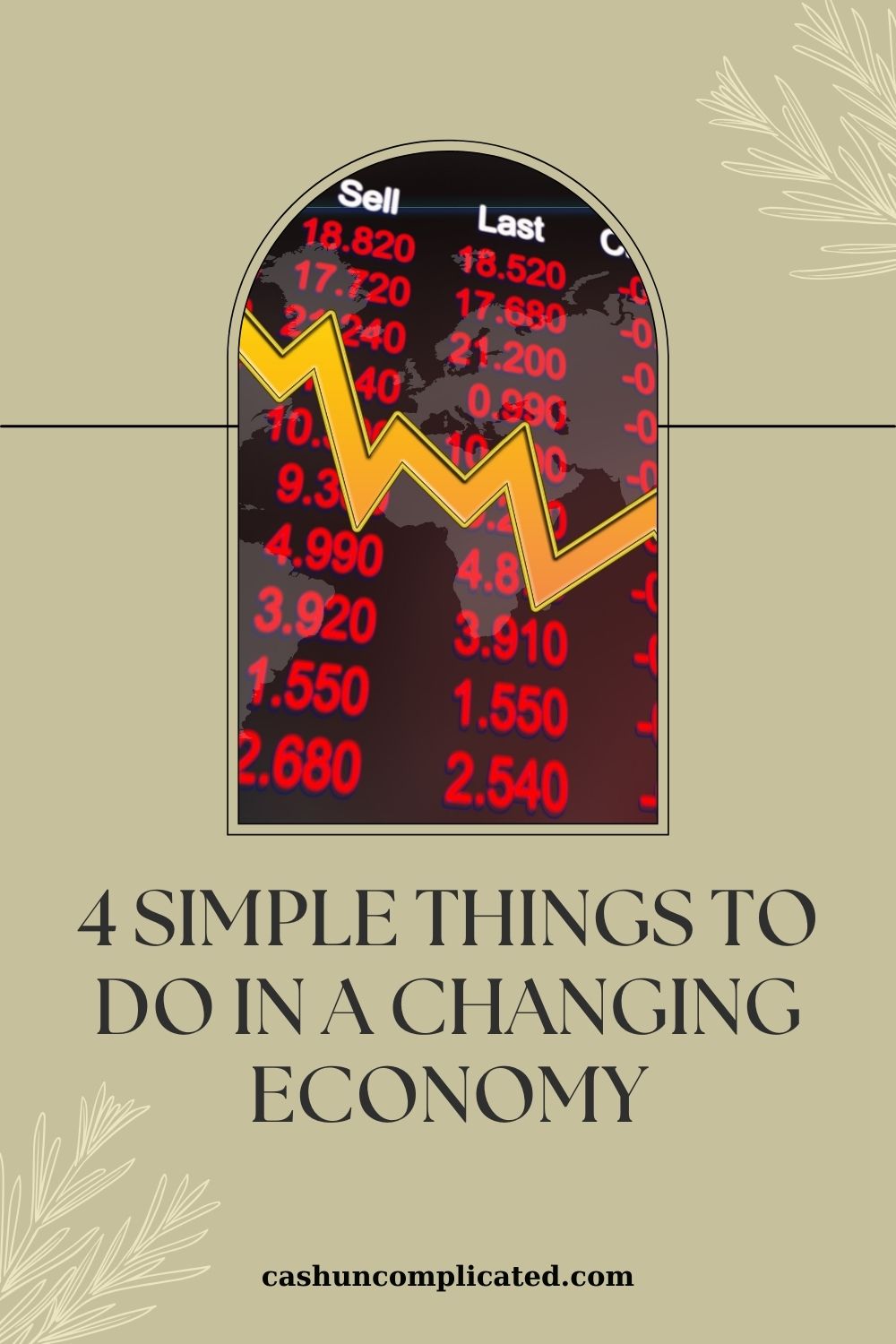If you’ve always wanted to write a book but don’t know where to start, this post is for you. A lot of people think about writing a book, but very few do it. It’s a lot of work and there’s a lot that goes into it behind the scenes. This post is a deep dive behind the process.
Why Would Someone Want to Write a Book?
There are a lot of reasons for someone to write a book. Among the many:
- Share your knowledge and expertise
- Establish credibility for your business
- Pass down something for the next generation of your family
- Passion project
There are myriad reasons to write a book, these are just a few. You can also have multiple reasons to write a book. For example, it could be a passion project that you want to pass down to your family and give credibility to your business. Or you may have just one reason, which is fine too.
Everyone Has a Unique Story or Perspective
No matter your background, everyone has a unique story or perspective. Maybe you rose from poverty and created a successful business. Or came from a place of privilege and started a charity after college. Your story could even be what you consider “average”, but a story someone else would find inspiring or informative.
There’s also the stories that start out average, hit a bump in the middle, followed by a comeback. Someone in this type of scenario could write about the recovery, what they learned, and wisdom to help others avoid that same scenario.
Something to Pass Down
A lot of authors just want something to pass down to their family. They have no intention of ever selling or monetizing the book, they simply want something to pass down.
They want their grandchildren and grandchildren’s grandchildren to be able to open up a copy of the book and see what their family member was all about. This is a great reason to write a book in of itself.
Once You Start, You’ll Learn Along the Way
One of the cool things about writing a book is that you’ll learn along the way. There are a lot of things you won’t know about as you start, but will learn along the way. Many doors open as you begin the book writing process.
This also came with some frustration with me because there were a few occasions when I learned one thing. Then I realized there were two more things I needed to do. Sometimes it felt like a never ending process.
If you’re devoted to writing a book though, you will figure it out and learn as you go. This reminds me of an analogy I’ve heard from many people. When you leave your house for a twenty minute commute, you don’t expect all the stoplights to be green.
However, as you proceed on your route, one light turns green and you go. Then you reach the next light and it will either be green or turn green in a few seconds to a few minutes. The lights will eventually all turn green for you but it will be one at a time and you just have to go with the process.
How to Write a Book in 13 Steps
Here’s how to write a book in 13 steps. This is how I did it and how you can too.
Number 1: What Do You Want to Write About?
The first step in writing a book is finding what you want to write about. What interests you? What would you like to write about or share with others?
For me, I wanted to share my personal finance journey. From knowing close to nothing about how money works and getting into credit card debt to where I am today. I wanted (and still want) people to understand they can go from a very bad money position to financial freedom in a shorter amount of time than we’re told.
You may already have a topic you want to write about, so if that’s the case you have already completed the first step to writing a book. If you haven’t, think about what you want to share with the world. Some ideas include:
- Something you overcame
- A subject you have a lot of expertise in like nutrition and wellness
- Mystery novel for young adults
- A children’s book with an important message
Number 2: Write Down Ideas
Now that you have your book idea, start writing down ideas. For example, when I was writing down ideas I included:
- Mindset
- Good and bad debt
- Automation
- Getting out of the paycheck to paycheck cycle
- Not keeping up with the Joneses
- Financial freedom and the rewards in between
I had many more ideas but these are just a few. All of the ideas from above eventually became chapters in my book. At this stage, don’t worry about whether it’s a good or bad idea. Just write it down and get it on paper.
Once you have a bunch of ideas, start to mindmap. What I would do is write down an idea or concept in the middle of the page and circle it. Then I would draw out spokes with sub-ideas. The sub-ideas would be an expansion of the ideas.
I would spend several paragraphs on each sub-idea, which allowed me to write detailed chapters. Here’s an example of how to mind map using the concept of “money mindset.”
Number 3: Start an Outline Without Editing
Once your mindmap is done, start an outline. The important thing here is to keep going and don’t worry about editing. That will only slow you down and make you overly critical of your work.
As you develop your outline, it will be natural to keep adding more ideas that you didn’t have in your original mindmap. That’s normal–go with it and let the ideas flow. Keep writing down whatever comes into your head, you can always go back later and erase what you don’t like.
What you want at the end of your outline is several ideas on the page followed by supporting ideas. For example, when I was outlining my chapter about mindset, I wrote about incorrect money ideas I held. Some of my incorrect ideas were:
- I’m broke because I’m in the education field.
- California is too expensive, I’ll never be able to afford a house.
- I can afford a $450 car payment, so I’m just going to finance it.
Then I followed up some of those false ideas with the truths like:
- You can be good with money
- The wealthy aren’t who we think they are
- Abundance mindset
- Money can’t buy happiness but it sure makes things easier
As you continue with your outline, you will gain more clarity and you’ll be able to see how your chapters are going to come together.
Number 4: Organize the Outline Into Chapters and Sections
Once you’ve completed your outline, start to organize it into chapters and sections. Continuing to use the example I gave about mindset, I knew as I was outlining that I wanted to make an entire chapter about mindset and values.
I felt like I had plenty of content to write a great chapter and also wouldn’t need to break it into two or three chapters. It was the perfect amount of content for one chapter and I liked the way it flowed.
For other concepts like good and bad debt, including credit cards, I decided as I was outlining that I wanted to break it down into a chapter on good and bad debt and then add a chapter about credit cards. Good and bad debt needed a chapter of their own as did credit cards.
The topics were too big to bunch into one. This will happen with you as well, go with the flow and outline as it makes sense to you and your readers.
Number 5: Start Writing and Don’t Edit
You’ve got your ideas down and your book is outlined. You’ve done the work and now it’s time to start writing. At this stage, just follow your outline and write what comes into your head.
Don’t worry about grammatical errors or if something doesn’t seem perfect. This is the first draft and the first drafts are never a finished product. You’re seeking to get ideas on the page, not the final product.
It’s very important at this stage to avoid the temptation of editing. That will just slow you down and make you more critical of your work. Just keep writing.
When I wrote my book Cash Uncomplicated, my goal was to write one page a day, or seven pages a week, whatever came first. If I finished seven pages by Saturday, I would get to take Sunday off from writing, which was a big carrot for me.
I knew that if I did this I would have a finished draft in less than 30 weeks. Just knowing that if I followed that process of one page per day, or seven pages per week, I could have a draft done. That was very reassuring to me.
It kept me believing, which is an important part of writing a book because so many authors give up way too early.
Number 6: Take a Week or Two When First Draft is Finished
I’m going to get some pushback for this, but when the first draft of your book is completed, take a break for a week or two. For me, the break served three purposes. Number one, it was a well deserved reward for the grind and hustle I put in. That week or two felt like a great vacation without the travel.
Secondly, you want to have some down time to let the book settle. During the week or two off, you might have a breakthrough or randomly come up with a great idea. It’s important to step away, which gives you a macro view of your work because you’re no longer in it.
The last purpose it served for me was just having a chance to decompress from the challenge of writing a book over 200 pages. I had never done anything like that before and wanted to be able to unwind a little bit.
After my couple weeks were up, I felt refreshed and ready to move on to the next set of challenges.
Number 7: Do a Soft Edit Yourself
The next step is to do a soft edit yourself. I call it a soft edit because when you’re close to your work, it’s hard to be objective. Also, we all have writing habits that seem normal to us that an outside editor would catch.
The purpose of the soft edit is to clean up your first draft. Find some of the obvious mistakes and look at what needs to be organized differently. These are all things that you as the author can catch on your own.
After the soft edit you will have a much better draft and it will be a cleaner copy to give to the editor, which will be the next step.
Number 8: Hire an Editor
Everything up to this point has been things you can do yourself. Now you’re at the stage where you’re going to be hiring out. An editor is a critical piece of the process because as written above, the editor will catch things that weren’t on your radar. Plus they will enhance your product (which is your book) by offering suggestions including things to omit and restructuring the book.
When I was in the editing process, I had two editors. The first was the content editor. She made suggestions of chapters and paragraphs to omit as well as ways to structure the book to make it richer for my readers.
For example, I had a chapter in the book that was repetitive. She pointed this out and suggested deleting the entire chapter. This was painful for me because I worked hard on that chapter, but I realized that deleting it would make the book a lot better as a whole. I’m thankful for that suggestion, among many others.
After the content editor came the line editing. This was literally a line by line edit of the book. Line editing finds grammatical, punctuation, and spelling errors (spell check doesn’t catch everything).
I was honestly shocked at how many grammatical errors I made, but the edits were spot on. I was really thankful for the line editing because my book would have been a mess without it.
Number 9: Involve Yourself in the Editing Process
Involve yourself in the editing process, don’t just sit back passively. This is much more applicable with the content editor than the line editor. Remember, it’s your book so you’re responsible for making sure the messages you want to get across get relayed as intended.
If your content editor suggests cutting out parts of your book, carefully weigh the suggestions but don’t blindly take them. If you feel like it’s a good suggestion, follow it. However, if you feel like an important message is getting cut out, push back on the suggestion. You may end up cutting out a lot or might not, it depends on a variety of factors including the quality of your first draft.
The line edit is more black and white. I didn’t push back much on punctuation because the editor really knew their stuff and my mistakes were pretty obvious once I saw them highlighted.
Number 10: Design a Cover and Back Page
The next step in writing a book is to design a cover and back page. You can do this yourself or hire someone. You can also try DIY first and if you don’t like the result, hire it out.
Basically you want the book cover to exemplify what you’re trying to get across. The cover should strike the reader as something intriguing to read.
Your cover also depends on the strength of your title. If you have a really strong title you might choose a plain cover so your title sticks out more. If your title would look great with a graphic, you might choose to go that route.
For myself, I chose a green background because the book was about money along with a key meant to signify unlocking your money knowledge. I thought the combination worked well but also considered other cover pages.
The back page should have your photo along with a short summary of the book and/or endorsements. If you are able to get your book endorsed by an influencer or highly regarded person, you’ll want to include that on your back page. For those just starting their writing career, you probably won’t have that level of endorsement yet.
Number 11: Format the Book
The next step is also something you can do yourself or hire out, and that’s to format the book for your print and digital version. I had no experience or expertise so I decided to hire it out.
It’s probably something I could have learned but I chose to focus on other things and hire that one out. Basically, you need your book to look good so it’s essential that it’s formatted correctly. A book formatted incorrectly gives the message to your readers that your book and writing is unprofessional, even if it’s actually a great book.
Number 12: Logistical Stuff
As I wrote my book, I discovered there were a lot of logistical items that I didn’t even know existed. Things like getting an ISBN, writing the disclaimer, and other miscellaneous items.
To be honest, I found the logistical stuff the most tedious. But it was necessary and just part of the process. For the logistical items, keep learning and understand that you don’t know what you don’t know, but will find ways to get it done.
Number 13: Publish
You’ve done a ton of hard work and now is the time to put your book out there! If you already have a publisher they will guide you through the rest of the process.
If you decide to self-publish like I did, you’ll want to create a “Doing Business As”, and then come up with a name for your publishing company. Creating a name for your publisher makes it sound much more professional than “John Smith Publishing.”
As far as the logistics of the DBA, you might want to consult with legal counsel or an expert on how to go about it. I had the DBA as part of my business but you might want to do it another way.
Bonus: Things in Between
There’s so much to do and think about when writing a book. Depending on your goals for the book, you’ll want to consider things like gathering your book army, marketing the book, getting reviews, establishing an email list, reaching out to influencers, creating a buzz for the book, and so many other things.
To be honest, this section is a whole other post because there are so many things you can and should do. A couple really good books on the topic are:
When you write and publish a book you can go as big or small as you want. The more high leverage items you complete such as generating a buzz and getting endorsements from people with a large email list, the better your book will do.
For example, getting an endorsement from someone with an email list of over a million people is incredibly powerful if they recommend your book to their list. That gives instant credibility to your book because people know, like, and trust the endorser. That trust translates to your work because they are endorsing your book.
Conclusion
It’s very possible to write and publish a book. It’s just not a one-step process. There are a lot of layers and time requirements.
If it’s important to you though, you will find a way to get it done. If you decide the juice isn’t worth the squeeze, then it might not be the right project at the time.
If you have more questions about self-publishing your book, I’m happy to share more of my experience of going from having no clue about how to write a book to an Amazon best selling author.
Have you published a book or thought about writing a book?










